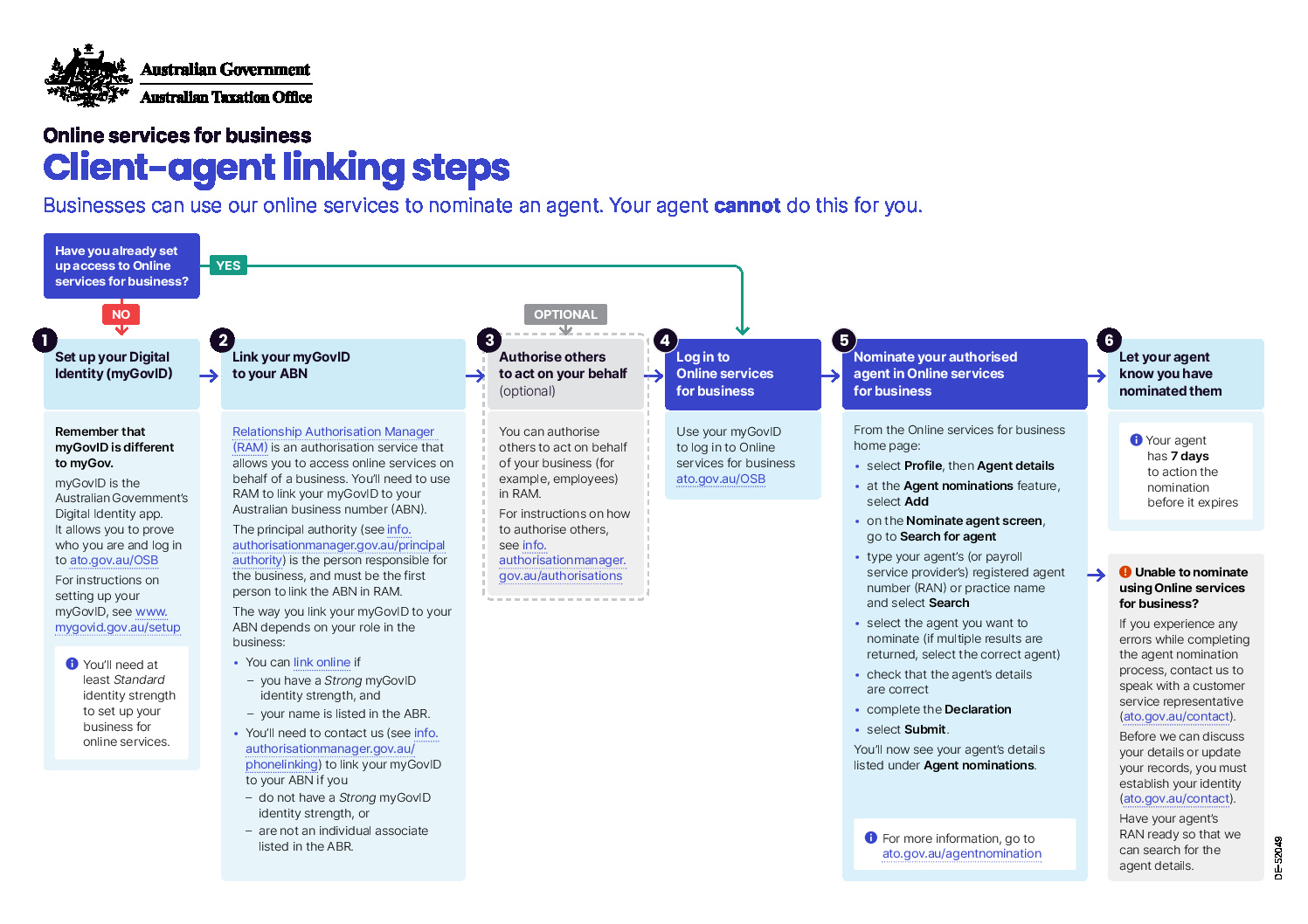With the recent changes to JobKeeper, there have also been important changes to JobKeeper employee eligibility. This article looks at what’s changed since 3 August 2020 and what employers need to do to ensure JobKeeper is correctly received and reported on.
Importantly, these changes impact BOTH the original JobKeeper program as well as JobKeeper 2.0.
Employee eligibility changes
Prior to 3 August 2020, an employee was only eligible for JobKeeper if they met the eligibility criteria as at 1 March 2020.
From 3 August 2020 the JobKeeper employee eligibility rules have changed. For the final four fortnights of the original JobKeeper scheme (through to 27 September 2020) and under the updated JobKeeper 2.0 scheme the date used to determine eligibility is 1 July 2020.
Revised criteria
The updated criteria is as follows:
- the individual is employed by the entity at any time in the fortnight — including those stood down or re-hired;
- on 1 July 2020 — the individual was aged 18 or over (or if they were if 16 or 17 years old on 1 July 2020 — they were independent or not undertaking full-time study);
- on 1 July 2020 — the individual was either a full-time, part-time or fixed-term permanent employee, or a long-term casual employee;
- on 1 July 2020 — the individual was either an Australian resident for social security law purposes, or a tax resident and held a special category Subclass 444 visa;
- the individual agrees to be nominated by the employer as an eligible employee; and
- the individual does not receive the Government’s paid parental leave or dad and partner pay, or workers’ compensation payments for total incapacity for work, at any time during the fortnight.
The ATO has also provided updated information on their website: Eligible employees
Similar eligibility requirements exist for business participants, relevantly including that, on 1 July 2020, the individual was:
- a business participant in relation to the business; and
- actively engaged in the business.
Adding employees to JobKeeper – action required
It’s possible that your business may have employees who were NOT originally eligible based on the on 1 March 2020 date, however are eligible using the 1 July 2020 date.
For example new employees taken on between 1 March and 1 July 2020, or a casual who has become a long-term casual during the period.
Part of the JobKeeper conditions are for the eligible employees to be paid a wage to enable receipt of the JobKeeper payments on their behalf. With these changes the ATO is allowing employers until 31 August 2020 to pay the wages for the fortnights commencing 3 August and 17 August 2020.
Another JobKeeper condition is to have eligible employees complete the JobKeeper Employee Nomination Notice (PDF).
Due to the ‘one in all in‘ rule, any employees that have become eligible must be enrolled in JobKeeper. It’s not optional.
How we can help
If you have any questions in regards to these changes and how they impact you and your employees, please get in touch with your Quill Relationship Manager.













